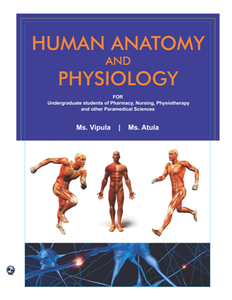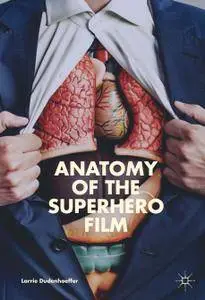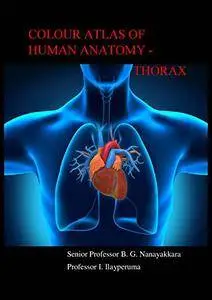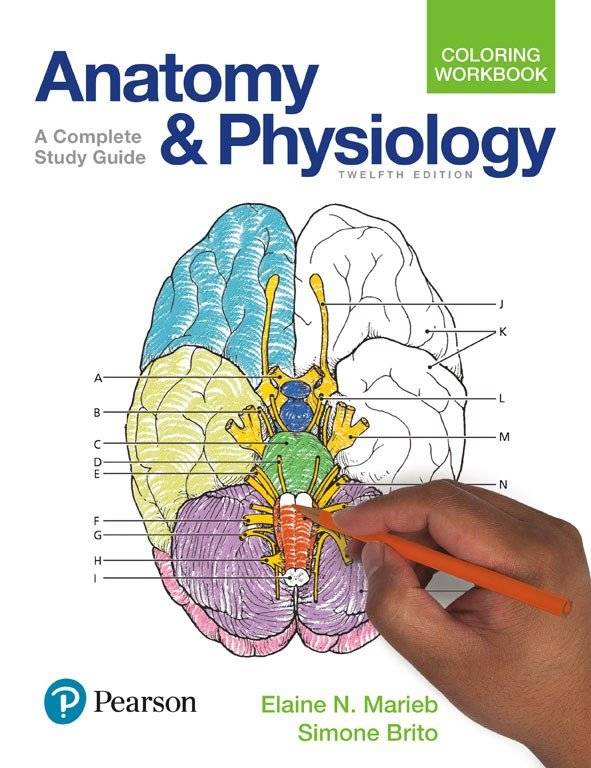The human body is a beautiful and efficient system well worth study. In order to study and talk about anatomy and physiology, you need to be familiar with standard anatomical positions and terms, as well as the various planes, cavities, and organ systems that make up the physical form.
The Anatomical Position
Topics in this course include: basic body organization; functional biochemistry; cell biology and histology; the study of the integumentary, skeletal, muscular, circulatory, lymphatic, and respiratory systems, with an emphasis on normal anatomy and physiology with some clinical applications. 00000 n The epithelial tissue protects the heart from becoming damaged from the lobes that are in the heart against the lungs; it provides an extra barrier of protectio. Anatomy and Physiology. Ellen Lathrop-Davis, Associate Professor of Environmental Science and Biology, Community College of Baltimore County, Catonsville, Maryland. This Curriculum Map provides a list of highly relevant and engaging content from throughout AccessScience for use in enriching your teaching.
Anatomy And Physiologymr. Mac's Biology Page 112

To describe or talk about human anatomy, you need to start from an agreed-upon view of the human body. Anatomical position for the human form is the figure standing upright, eyes looking forward, upper extremities at the sides of the body with palms turned out.
Anatomical Terms
When you’re talking anatomy in a scientific way, everyday words such as front, back, side, above, and below just aren’t precise enough. Instead use the terms in the following list:
- Anterior or ventral: Toward the front of the body
- Posterior or dorsal: Toward the back of the body
- Superior: A part above another part
- Inferior: A part below another part
- Medial: Toward the midline (median plane) of the body
- Lateral: Away from the midline of the body; toward the sides
- Proximal: Toward the point of attachment to the body
- Distal: Away from the point of attachment to the body
- Deep: Toward the inside of the body
- Superficial: Toward the outside of the body
- Parietal: A membrane that covers an internal body wall
- Visceral: A membrane that covers an organ
Also remember that right and left are that of the patient, not the observer.


Anatomical Planes of the Body
You may not think about the planes of your body much, but you have them nonetheless, and if you’re talking anatomy, knowing the names of the planes comes in handy. (Too bad sagittal and transverse don’t lend themselves to song as easily as rain and Spain do.) The main planes and their subplanes are in the following list:
Sagittal: The plane that runs down through the body, dividing the body into left and right portions. Subsections of the sagittal plane include
Midsagittal: Runs through the median plane and divides along the line of symmetry
Parasagittal: Parallel to the midline but does not divide into equal left and right portions
Frontal (coronal): The plane that runs perpendicular to the sagittal plane and divides the body into anterior (front) and posterior (back) portions
Transverse: Horizontal plane that divides the body into upper and lower portions; also called cross-section
Anatomy And Physiologymr. Mac's Biology Page Border
Anatomical Body Cavities

Medical and crime shows have made body cavities all too familiar, and anatomically speaking, these spaces are very important, providing housing and protection for vital organs. The following list identifies the cavities and subcavities of the human body:
Dorsal cavity: Bones of the cranial portion of the skull and vertebral column, toward the posterior (dorsal) side of the body
Cranial cavity: Contains the brain
Spinal cavity: Contains the spinal cord, which is an extension of the brain
Ventral cavity: Anterior portion of the torso; divided by the diaphragm into the thoracic cavity and abdominopelvic cavity
Thoracic cavity: The chest; contains the trachea, bronchi, lungs, esophagus, heart and great blood vessels, thymus gland, lymph nodes, and nerve,. as well as the following smaller cavities:
Pleural cavities: Surround each lung
Pericardial cavity: Contains the heart. The pleural cavities flank the pericardial cavity.
Abdominopelvic cavity: An imaginary line running across the hipbones and dividing the body into the abdominal and pelvic cavities:
Abdominal cavity: Contains the stomach, liver, gallbladder, pancreas, spleen, small intestines, and most of the large intestine
Pelvic cavity: Contains the end of the large intestine, rectum, urinary bladder, and internal reproductive organs
Anatomy And Physiologymr. Mac's Biology Pages
Anatomical Organ Systems
If you’re talking anatomy and physiology, you’re talking about the human body and its organs. The 11 systems in the following table provide the means for every human activity — from breathing to eating to moving to reproducing:
Anatomy And Physiologymr. Mac's Biology Page 148

| System | What the System Includes | What the System Does |
| Integumentary | Skin and its accessories | Protects underlying tissues, regulates body temperature |
| Skeletal | Bones and connective tissues | Provides framework, protects underlying soft tissues, produces blood cells |
| Muscular | Skeletal, smooth, and cardiac muscle | Powers movement, maintains posture, generates heat |
| Nervous | Brain, spinal cord, nerves, sensory organs and cells | Communicates via impulse, integrates functions of other body systems |
| Endocrine | Pituitary, thyroid, parathyroid, and adrenals glands; pancreas; ovaries; and testes | Communicates via hormones |
| Cardiovascular | Heart, blood vessels, and blood | Transports materials throughout body |
| Lymphatic | Tonsils, spleen, thymus, lymph nodes, lymphatic vessels, and lymph | Provides immunity, filters tissue fluid |
| Digestive | Mouth, esophagus, stomach, small and large intestines (alimentary canal), and accessory organs (including salivary glands, pancreas, liver, and gallbladder) | Obtains nutrients from food |
| Respiratory | Nose and mouth, pharynx, larynx, trachea, bronchi, and lungs | Performs gas exchange with blood (oxygen in, carbon dioxide out) |
| Urinary | Kidneys, ureters, bladder, and urethra | Filters waste from the blood for excretion, retains water |
| Reproductive | Ovaries, uterine tubes, uterus, vagina, and vulva in females; testes, seminal vesicles, penis, urethra, prostate, and bulbourethral glands in males | Produces offspring |
